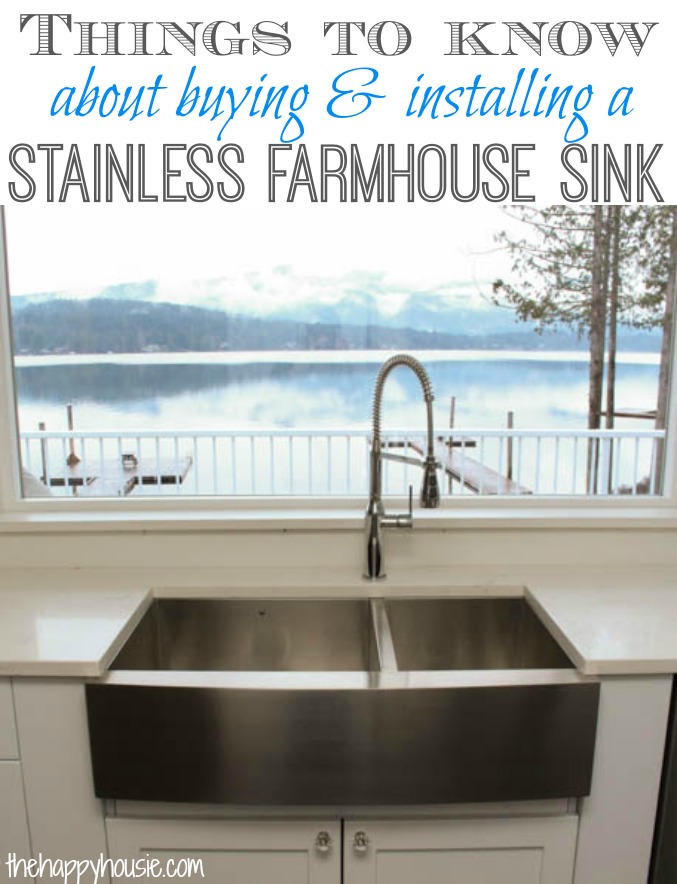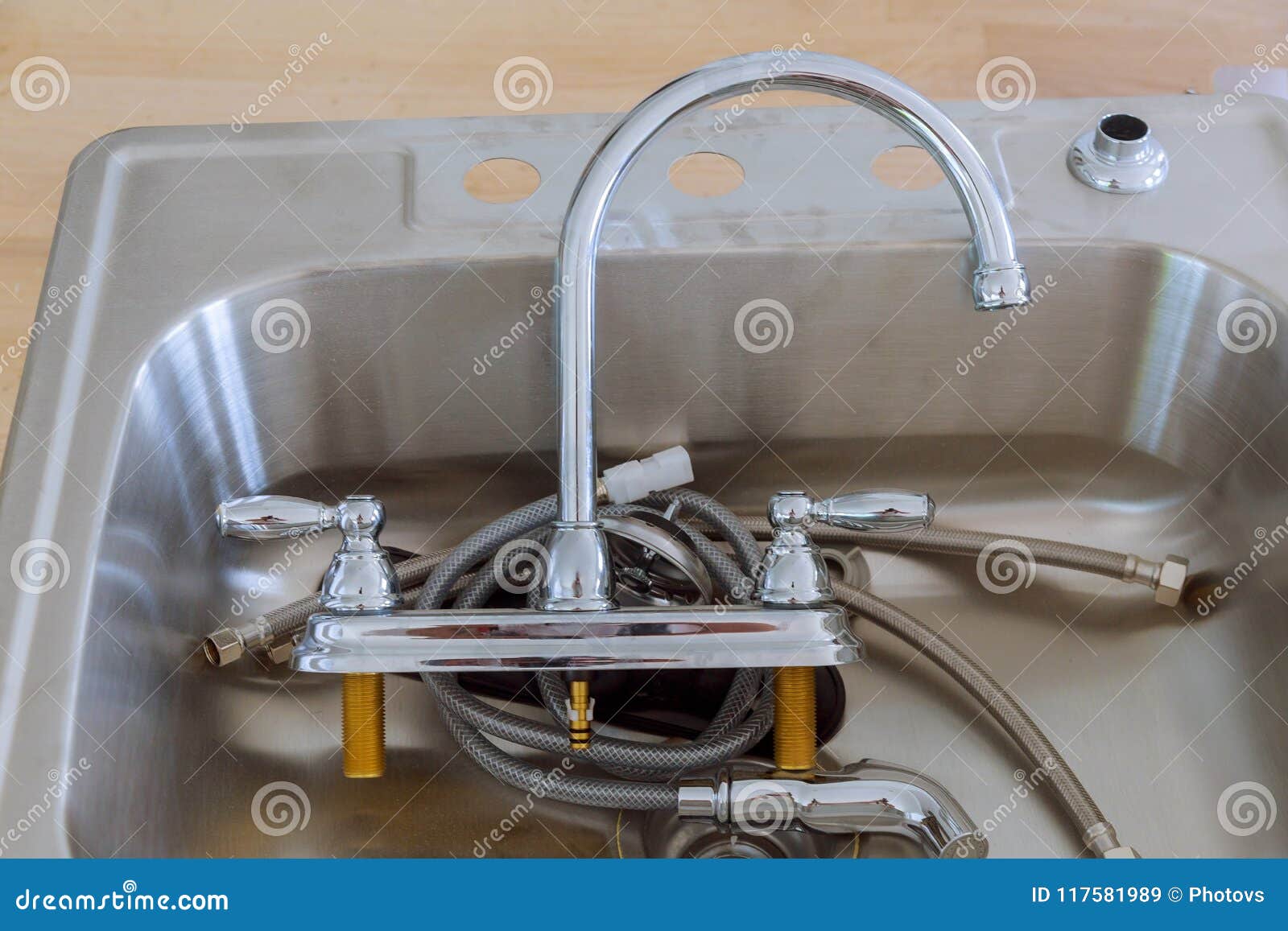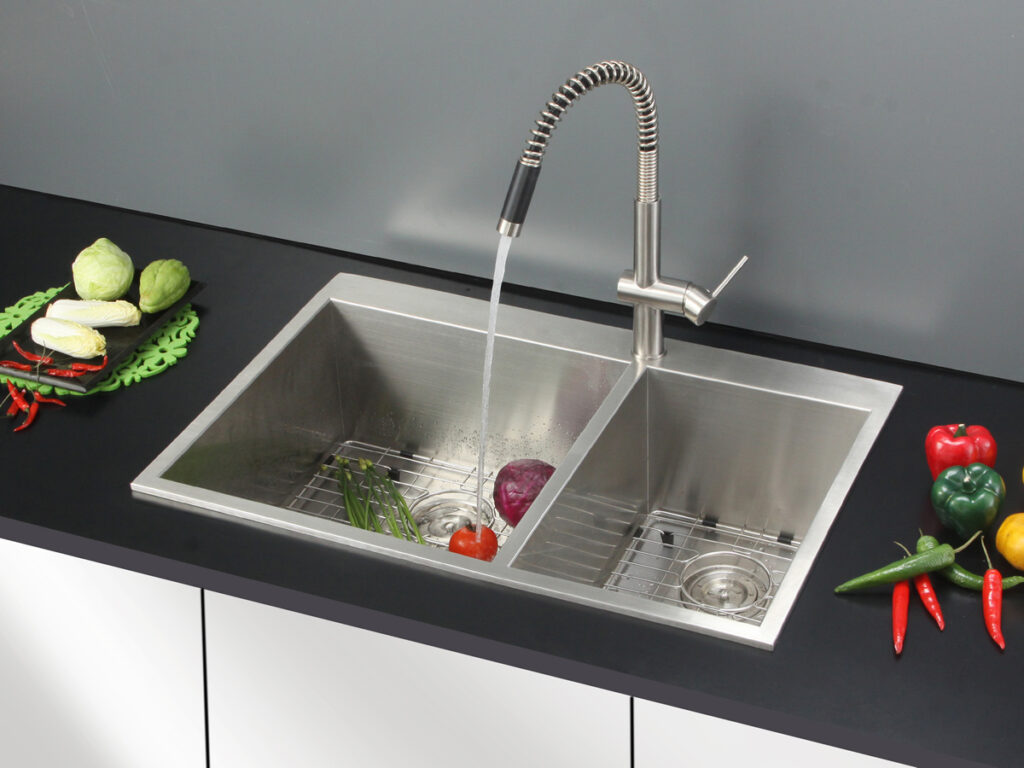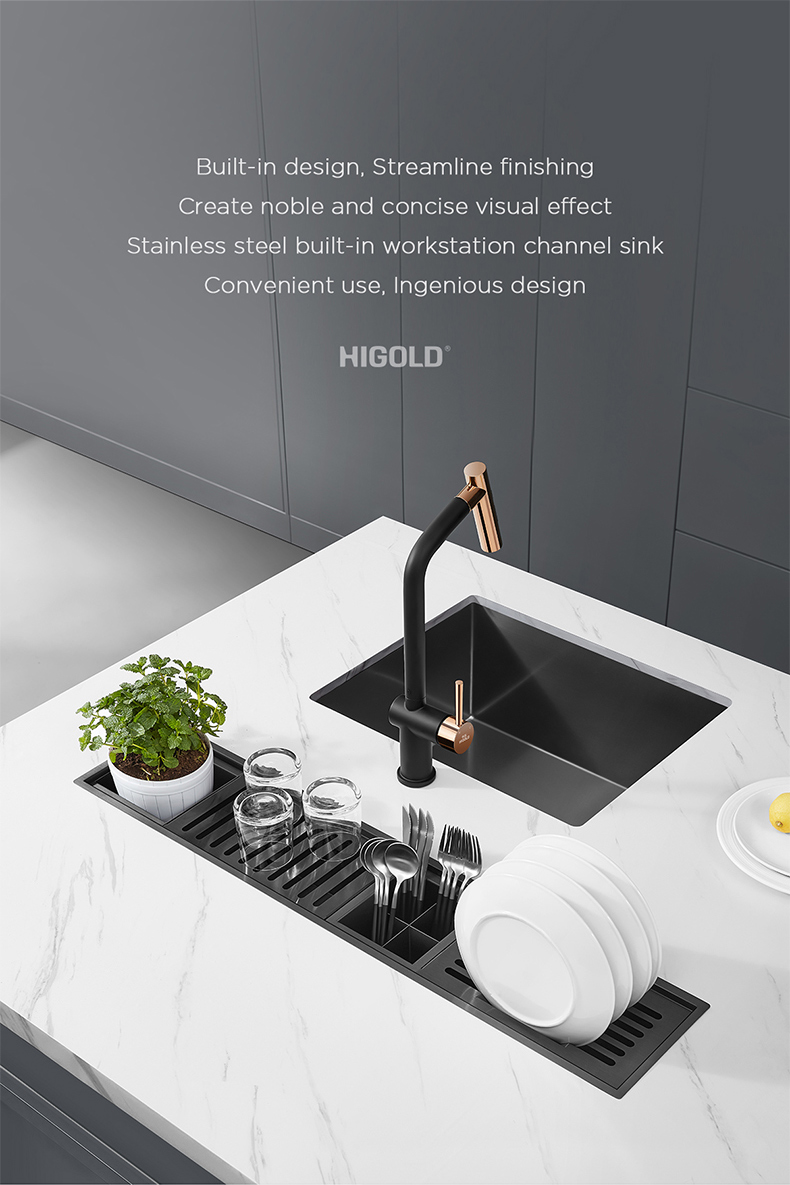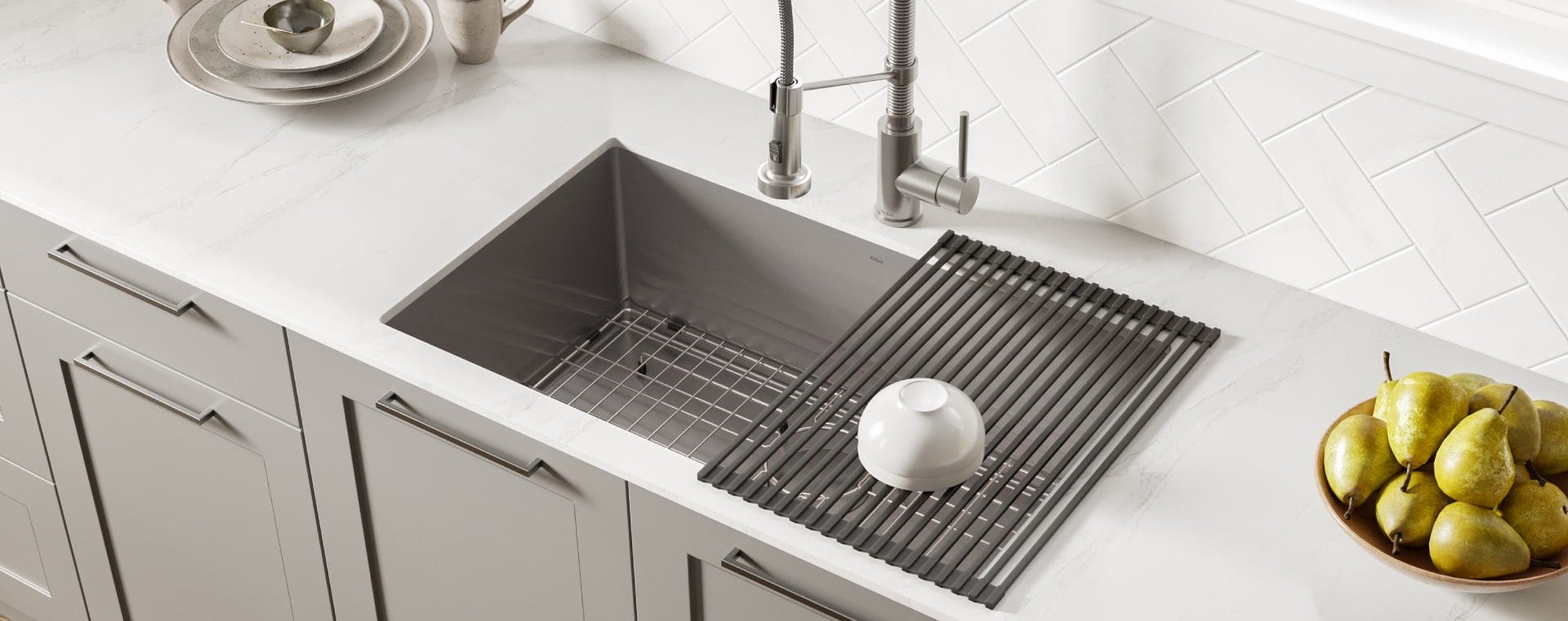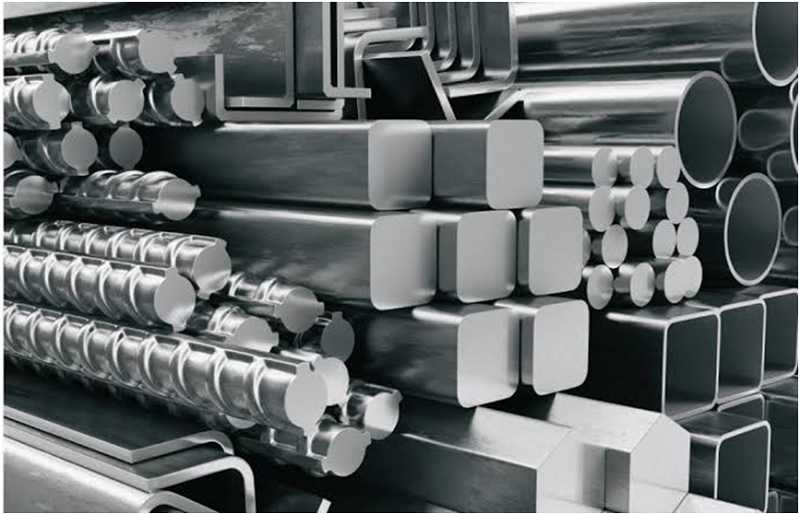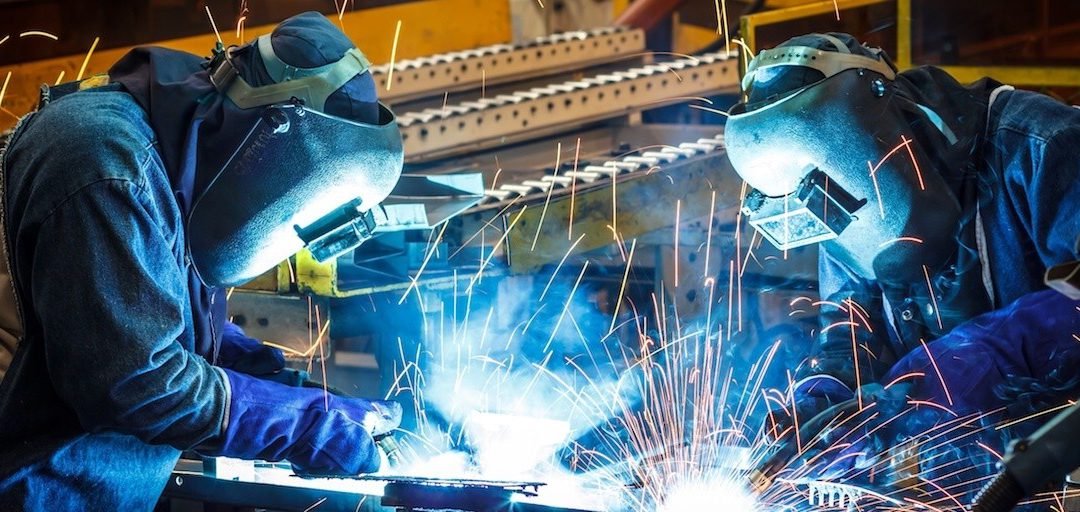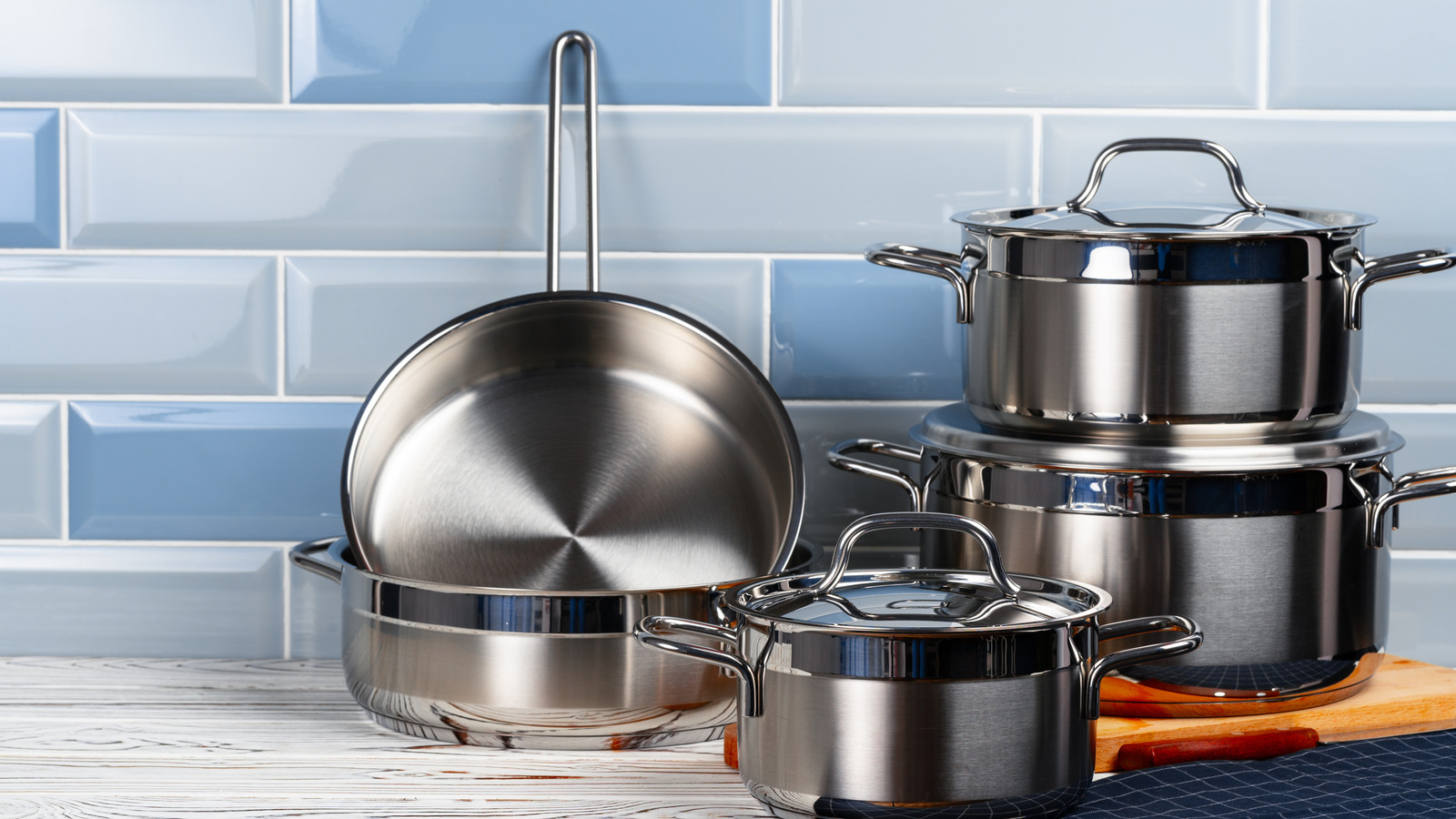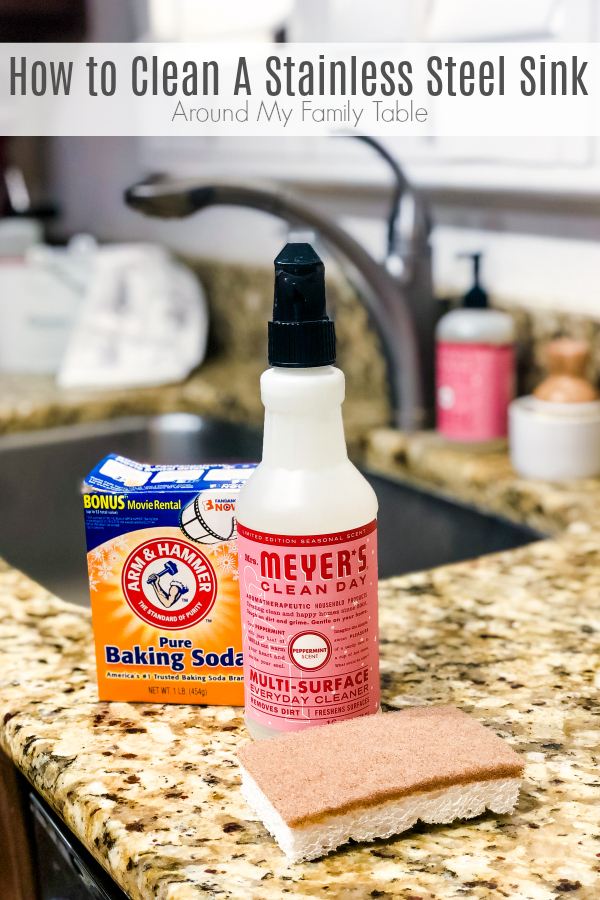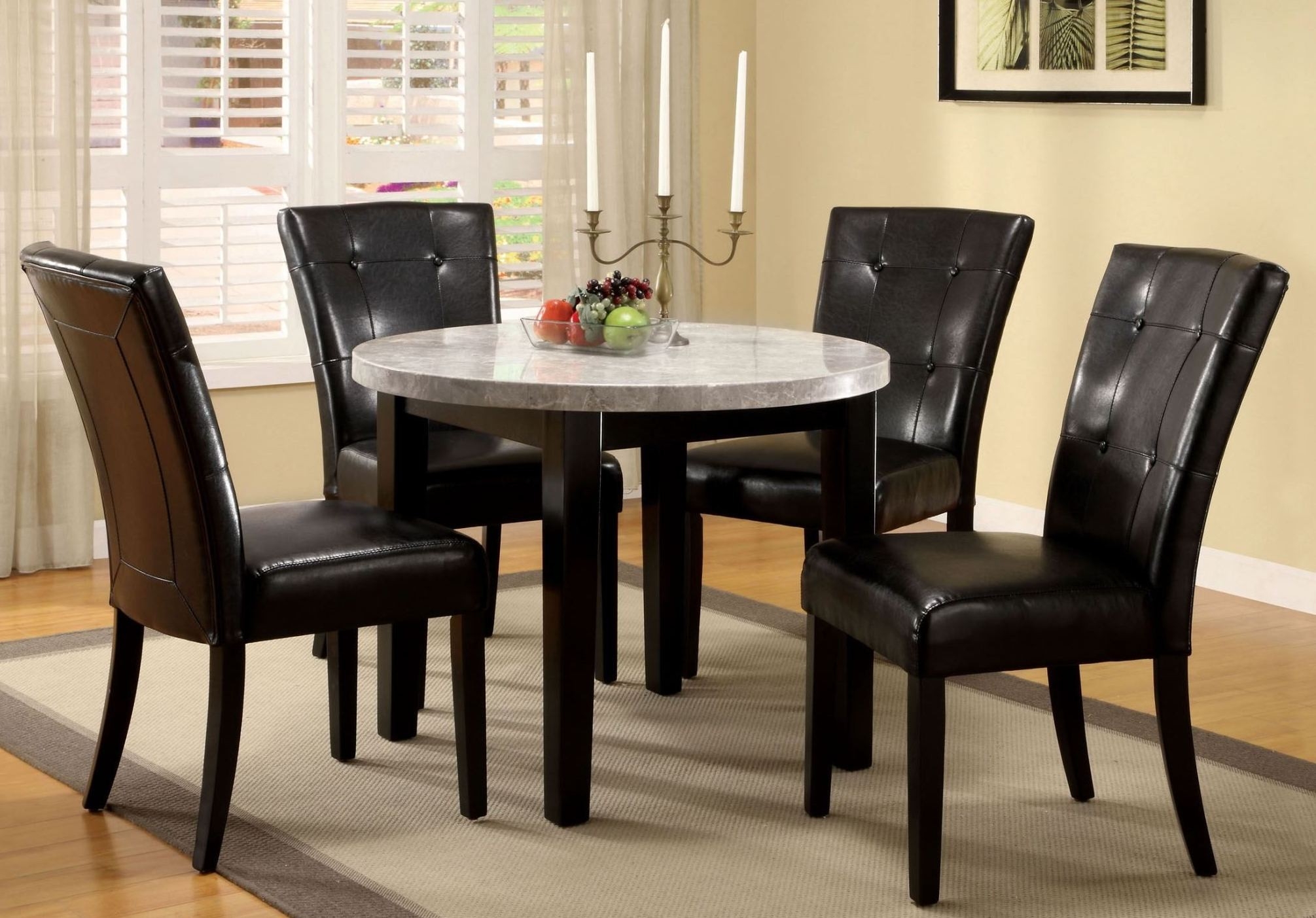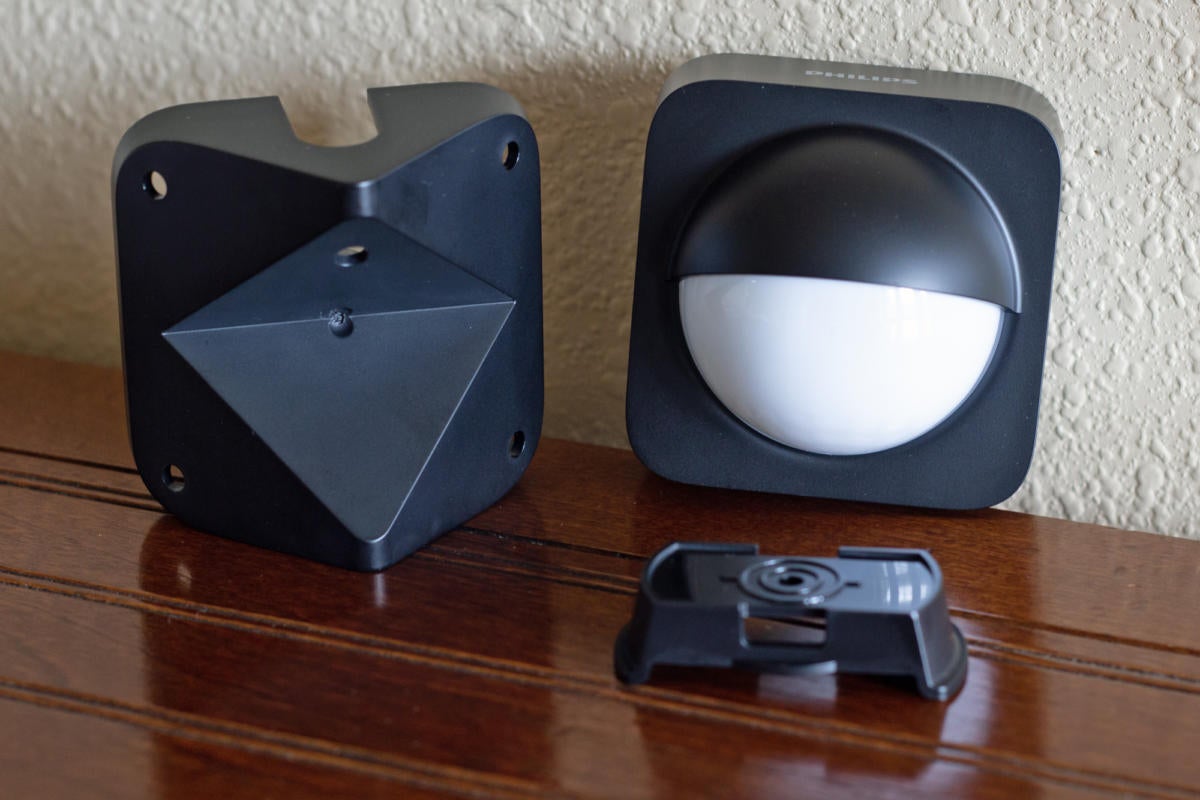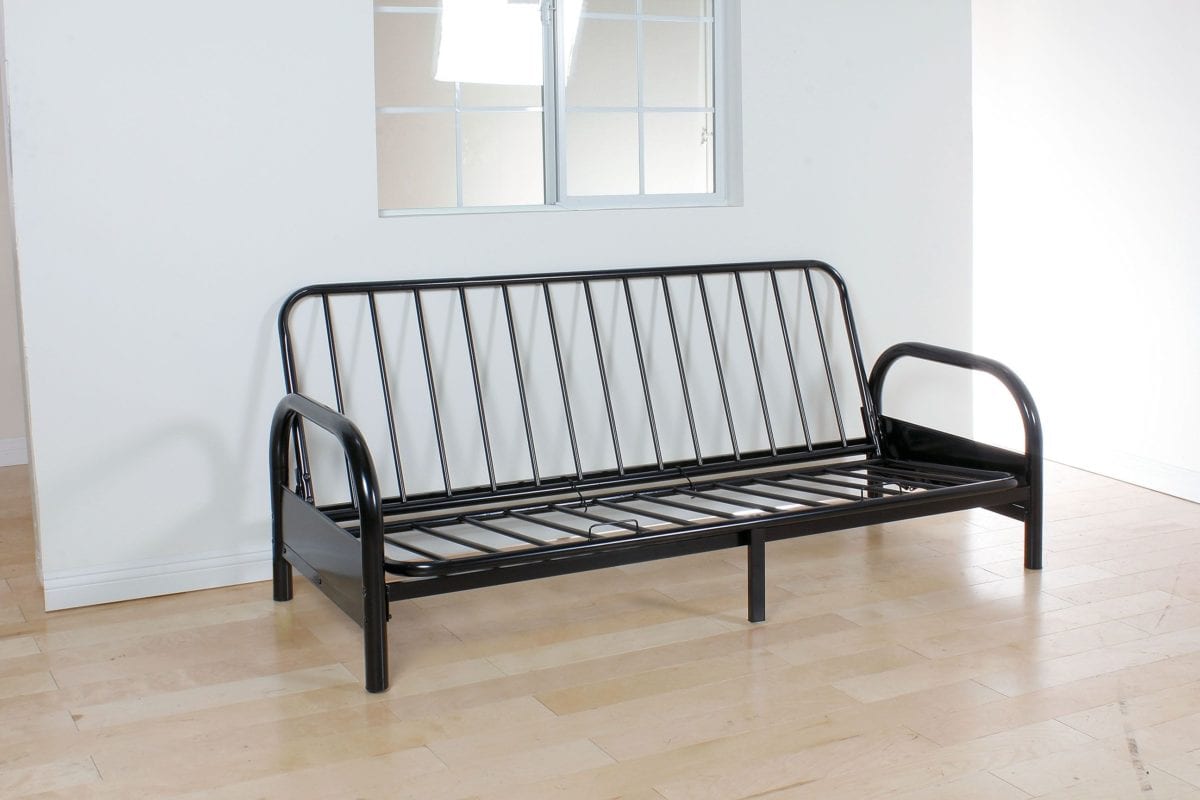When it comes to designing a new kitchen, one of the most important decisions you will make is choosing the right sink for your cabinet. While there are many different materials available, stainless steel sinks are a popular choice due to their durability and modern aesthetic. Here's a step-by-step guide on how to install a stainless steel sink in a new kitchen cabinet.Installing a Stainless Steel Sink in a New Kitchen Cabinet
Before starting the installation process, make sure you have all the necessary tools on hand. You will need a tape measure, a drill, a jigsaw, a caulk gun, silicone caulk, and a screwdriver. It's also helpful to have a helper to assist with lifting and positioning the sink. The first step is to measure the space where the sink will be installed. This will help you determine the size of the sink you need. It's important to choose a sink that fits snugly into the cabinet, leaving no gaps that could potentially cause leaks. Next, you will need to make a template of the sink's outline on the countertop. This can be done by placing the sink upside down on the countertop and tracing around it with a pencil. Once you have the template, use a jigsaw to cut out the opening for the sink. Now it's time to attach the mounting clips to the underside of the sink. These clips will hold the sink in place on the countertop. Use the clips provided by the manufacturer and follow their instructions for proper placement. Once the clips are attached, carefully lower the sink into the countertop opening. Make sure it is level and centered before securing the clips to the countertop with screws. Use a screwdriver to tighten the screws, but be careful not to over-tighten them as this could cause damage to the sink or countertop. Now it's time to connect the sink to the plumbing. This will involve attaching the water supply lines and the drain pipes. Follow the manufacturer's instructions for proper installation. Once everything is connected, turn on the water and check for any leaks. If there are any, tighten the connections until the leak stops.How to Install a Stainless Steel Sink in a New Kitchen Cabinet
When installing a stainless steel sink, it's important to take some extra precautions to ensure a successful installation. Here are some tips to keep in mind: 1. Choose the right size sink. As mentioned earlier, it's important to choose a sink that fits snugly into the cabinet without any gaps. Measure the space carefully and choose a sink that will fit perfectly. 2. Use the right tools. Having the right tools on hand can make the installation process much smoother. Make sure you have all the necessary tools and follow the manufacturer's instructions for proper use. 3. Don't over-tighten screws or connections. Over-tightening can cause damage to the sink or countertop, so be careful not to apply too much pressure when securing the sink in place or connecting the plumbing. 4. Properly seal the sink. It's important to seal the sink properly to prevent any leaks. Use silicone caulk and a caulk gun to create a watertight seal around the edges of the sink.Tips for Installing a Stainless Steel Sink in a New Kitchen Cabinet
To install a stainless steel sink in a new kitchen cabinet, you will need the following tools: 1. Tape measure 2. Drill 3. Jigsaw 4. Caulk gun 5. Silicone caulk 6. ScrewdriverTools Needed for Installing a Stainless Steel Sink in a New Kitchen Cabinet
The size of your sink will depend on the size of your cabinet and your personal preferences. However, a general rule of thumb is to choose a sink that is at least 3 inches smaller than the cabinet width. This will leave enough space for the mounting clips and caulk around the edges. If you have a larger family or do a lot of cooking, you may want to consider a larger sink with multiple basins for added functionality.Choosing the Right Size Stainless Steel Sink for Your New Kitchen Cabinet
While installing a stainless steel sink may seem like a simple task, there are some common mistakes that can lead to problems down the road. Here are some mistakes to avoid: 1. Not measuring properly. It's crucial to measure the space accurately to ensure the sink fits properly in the cabinet. 2. Using the wrong tools. Using the wrong tools can result in a poor installation or even damage to the sink or countertop. 3. Not sealing the sink properly. A proper seal is essential to prevent leaks and water damage. Make sure to use silicone caulk and follow the manufacturer's instructions for sealing the sink.Common Mistakes to Avoid When Installing a Stainless Steel Sink in a New Kitchen Cabinet
To properly seal a stainless steel sink in a new kitchen cabinet, follow these steps: 1. Clean the edges of the sink. Use a mild cleaner and a soft cloth to clean the edges of the sink to remove any dirt or debris. 2. Apply silicone caulk. Load a caulk gun with silicone caulk and run a thin bead of caulk around the edges of the sink. 3. Smooth the caulk. Use your finger or a caulk smoothing tool to smooth out the caulk and create a watertight seal. 4. Let it dry. Allow the caulk to dry completely before using the sink.How to Properly Seal a Stainless Steel Sink in a New Kitchen Cabinet
There are many benefits to choosing a stainless steel sink for your new kitchen cabinet: 1. Durability. Stainless steel sinks are extremely durable and can withstand heavy use without scratching or denting. 2. Easy to clean. Stainless steel is non-porous, making it easy to clean and resistant to stains and bacteria. 3. Modern aesthetic. Stainless steel sinks have a sleek and modern look that can complement any kitchen design. 4. Cost-effective. Stainless steel sinks are often more affordable than other sink materials and can last for many years, making them a cost-effective choice.Benefits of Installing a Stainless Steel Sink in a New Kitchen Cabinet
When it comes to cost, stainless steel sinks are often more affordable than other sink materials like granite or porcelain. However, the price can vary depending on the size and brand of the sink. It's important to do some research and compare prices before making a decision. Installing a stainless steel sink in a new kitchen cabinet is a great way to add functionality and style to your kitchen. Follow these tips and steps for a successful installation and enjoy your beautiful new sink for years to come.Cost Comparison: Stainless Steel Sink vs Other Sink Materials for a New Kitchen Cabinet
The Benefits of Installing a Stainless Steel Sink in Your New Kitchen Cabinet

Enhance the Aesthetic Appeal of Your Kitchen
 When designing a new kitchen, one of the most important elements to consider is the sink. It is not only a functional aspect but also plays a significant role in the overall design and aesthetic appeal of the space.
Installing a stainless steel sink
in your new kitchen cabinet can instantly elevate the look and feel of your kitchen. With its sleek and modern design, a stainless steel sink can add a touch of elegance and sophistication to your kitchen.
When designing a new kitchen, one of the most important elements to consider is the sink. It is not only a functional aspect but also plays a significant role in the overall design and aesthetic appeal of the space.
Installing a stainless steel sink
in your new kitchen cabinet can instantly elevate the look and feel of your kitchen. With its sleek and modern design, a stainless steel sink can add a touch of elegance and sophistication to your kitchen.
Durable and Long-Lasting
 Stainless steel sinks
are known for their durability and longevity. This is due to the material's resistance to corrosion, scratches, and stains. This makes it an ideal choice for a busy kitchen, where the sink is constantly exposed to water, dishes, and cleaning products. Stainless steel sinks are also easy to maintain, requiring only a simple wipe down with a mild cleaner to keep them looking brand new.
Stainless steel sinks
are known for their durability and longevity. This is due to the material's resistance to corrosion, scratches, and stains. This makes it an ideal choice for a busy kitchen, where the sink is constantly exposed to water, dishes, and cleaning products. Stainless steel sinks are also easy to maintain, requiring only a simple wipe down with a mild cleaner to keep them looking brand new.
Hygienic and Easy to Clean
 One of the main concerns when it comes to kitchen sinks is their cleanliness and hygiene.
Stainless steel sinks
are non-porous, which means they do not allow bacteria and germs to penetrate the surface. This makes them a much more hygienic option compared to other sink materials. Additionally, the smooth and shiny surface of stainless steel makes it easy to clean and maintain, making it a top choice for households with young children.
One of the main concerns when it comes to kitchen sinks is their cleanliness and hygiene.
Stainless steel sinks
are non-porous, which means they do not allow bacteria and germs to penetrate the surface. This makes them a much more hygienic option compared to other sink materials. Additionally, the smooth and shiny surface of stainless steel makes it easy to clean and maintain, making it a top choice for households with young children.
Versatile and Complements Any Kitchen Design
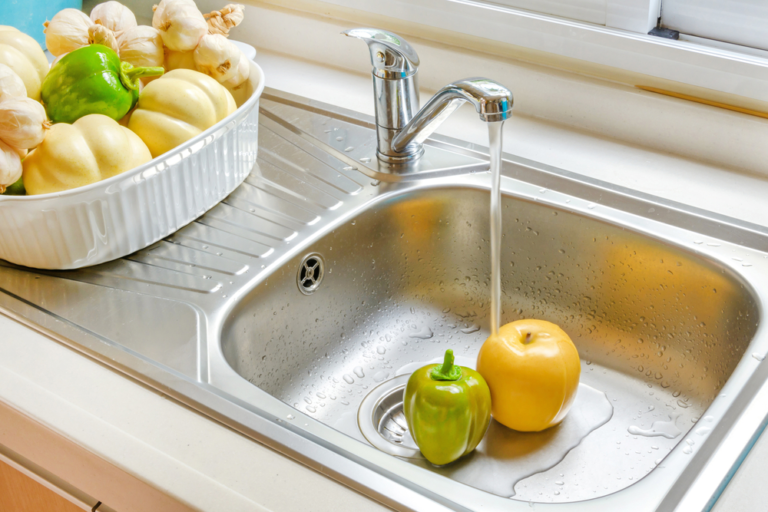 Another great advantage of
stainless steel sinks
is their versatility. They come in a variety of shapes, sizes, and styles, making it easy to find one that complements your kitchen design. Whether you have a traditional, modern, or industrial-style kitchen, a stainless steel sink can seamlessly blend in and enhance the overall aesthetic of your space.
Another great advantage of
stainless steel sinks
is their versatility. They come in a variety of shapes, sizes, and styles, making it easy to find one that complements your kitchen design. Whether you have a traditional, modern, or industrial-style kitchen, a stainless steel sink can seamlessly blend in and enhance the overall aesthetic of your space.
Affordable Option
 Compared to other sink materials such as granite or ceramic, stainless steel sinks are a more budget-friendly option. This makes it a practical choice for those on a tight budget or looking to save money on their kitchen renovation. Despite its affordability, stainless steel sinks still offer the same level of durability and functionality as higher-end options.
Compared to other sink materials such as granite or ceramic, stainless steel sinks are a more budget-friendly option. This makes it a practical choice for those on a tight budget or looking to save money on their kitchen renovation. Despite its affordability, stainless steel sinks still offer the same level of durability and functionality as higher-end options.
Conclusion
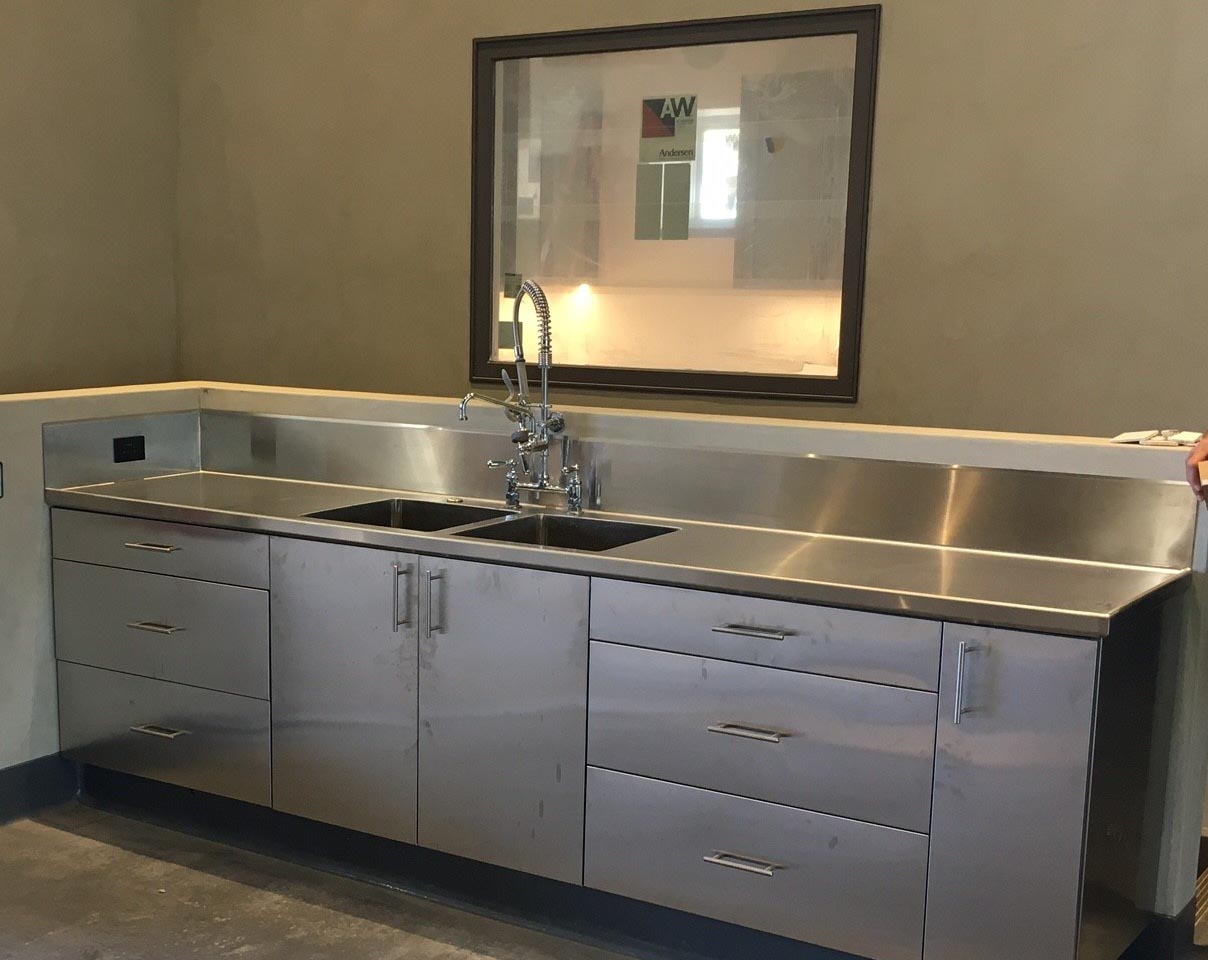 In conclusion,
installing a stainless steel sink
in your new kitchen cabinet is a wise choice for both aesthetic and practical reasons. It not only enhances the look of your kitchen but also offers durability, hygiene, and versatility at an affordable price. So if you're in the process of designing your dream kitchen, consider opting for a stainless steel sink for a stylish and functional addition to your space.
In conclusion,
installing a stainless steel sink
in your new kitchen cabinet is a wise choice for both aesthetic and practical reasons. It not only enhances the look of your kitchen but also offers durability, hygiene, and versatility at an affordable price. So if you're in the process of designing your dream kitchen, consider opting for a stainless steel sink for a stylish and functional addition to your space.
